Open Scholarship Knowledge Base
Discover open scholarship resources created and curated by the community.

Send us a link
Discover open scholarship resources created and curated by the community.

The paper argues for the development of open science in Africa as a means of energising national science systems and their roles in supporting public and private sectors and the general public.
The European Open Science Cloud (EOSC) is the envisioned federation of research (data) infrastructures that will enable the Web of FAIR Data and Services, help researchers to perform Open Science, and open up and exploit their data, publications and code.
We are pleased to invite you to fill in a survey dedicated to gaining in-depth understanding of open access journals that don’t charge author-fees, often known as the “diamond model”; journals that are free to both readers and authors. In addition, we are launching a crowdsourcing effort to list diamond journals not yet covered in major databases like DOAJ.
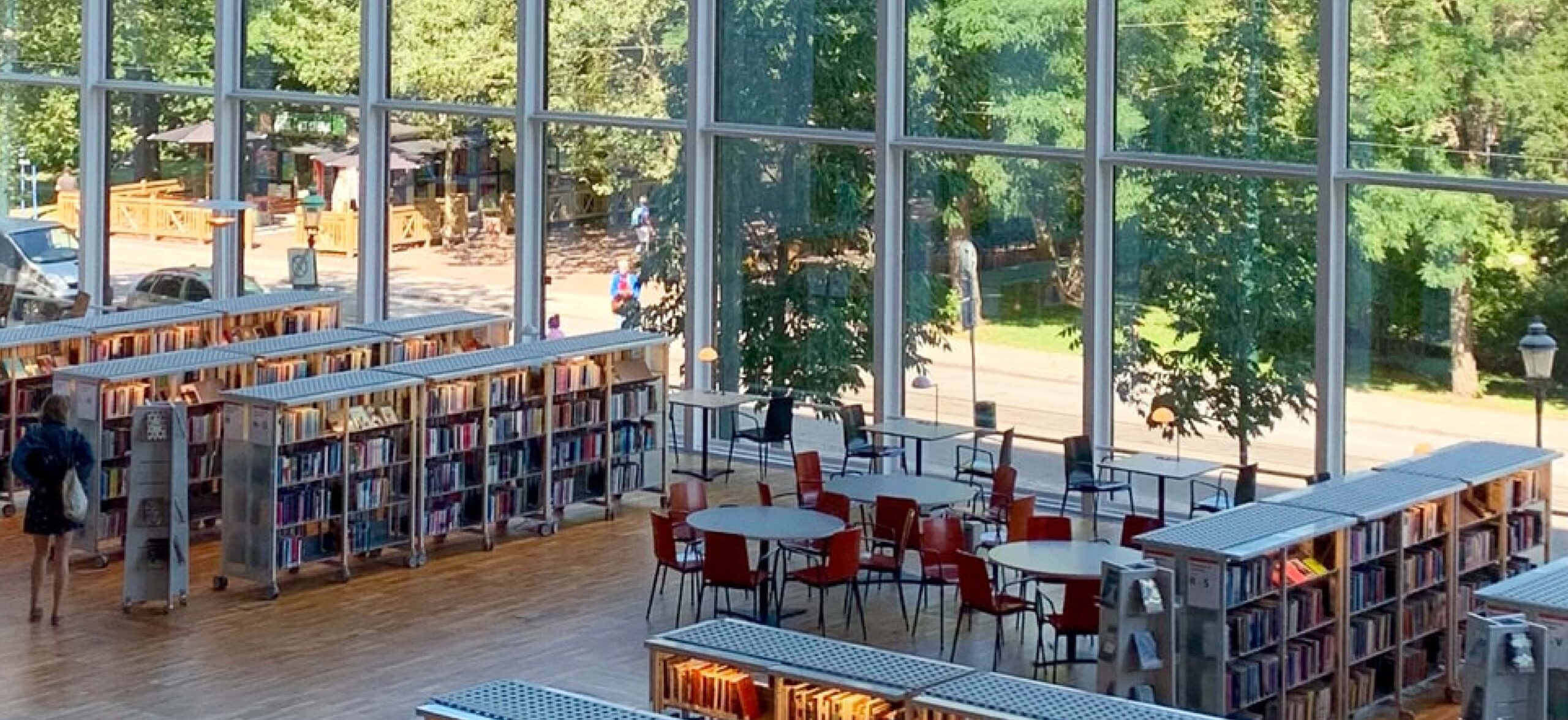
UNESCO is launching international consultations aimed at developing a Recommendation on Open Science for adoption by member states in 2021. Its Recommendation will include a common definition, a shared set of values, and proposals for action. At the invitation of the Canadian Commission for UNESCO, this paper aims to contribute to the consultation process by answering questions such as: • Why and how should science be "open"? For and with whom? • Is it simply a matter of making scientific articles and data fully available to researchers around the world at the time of publication, so they do not miss important results that could contribute to or accelerate their work? • Could this openness also enable citizens around the world to contribute to science with their capacities and expertise, such as through citizen science or participatory action research projects? • Does science that is truly open include a plurality of ways of knowing, including those of Indigenous cultures, Global South cultures, and other excluded, marginalized groups in the Global North? The paper has four sections: "Open Science and the pandemic" introduces and explores different forms of openness during a crisis where science suddenly seems essential to the well-being of all. The next three sections explain the main dimensions of three forms of scientific openness: openness to publications and data, openness to society, and openness to excluded knowledges2 and epistemologies3. We conclude with policy considerations. A French version of this paper is available here: https://zenodo.org/record/3947013#.Xw-Ksx17nOQ
The main issues any modernisation of the scholarly infrastructure today needs to address are reliability, affordability and functionality.
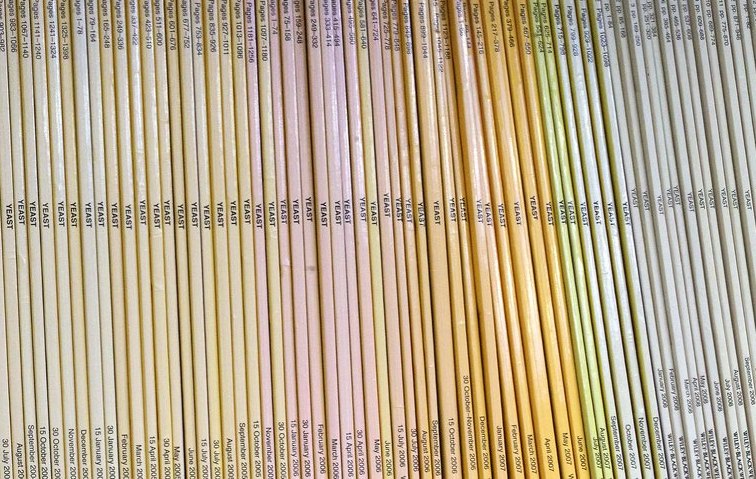
This study presents indicators of open access at the institutional level for universities worldwide. By combining data from Web of Science, Unpaywall and the Leiden Ranking disambiguation of institutions, it tracks OA coverage of universities' output for 963 institutions.
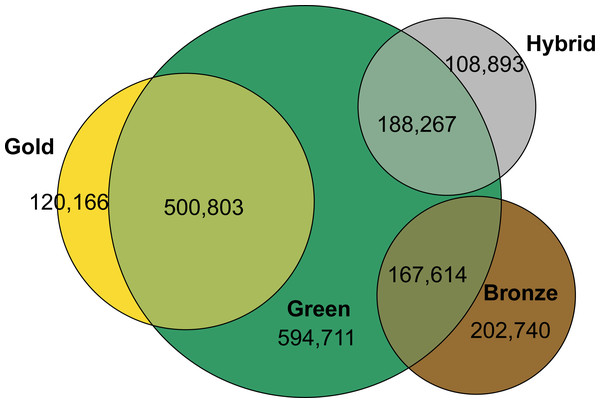
Today, remove the altmetrics.com badges from their landing pages-and we couldn't be more energized by their commitment to open infrastruct…
The process of recruiting a new CEO will commence over the next few weeks. An open future has never been more important – will you join us to create it?
Creative Commons has selected Catherine Stihler to be its next CEO.
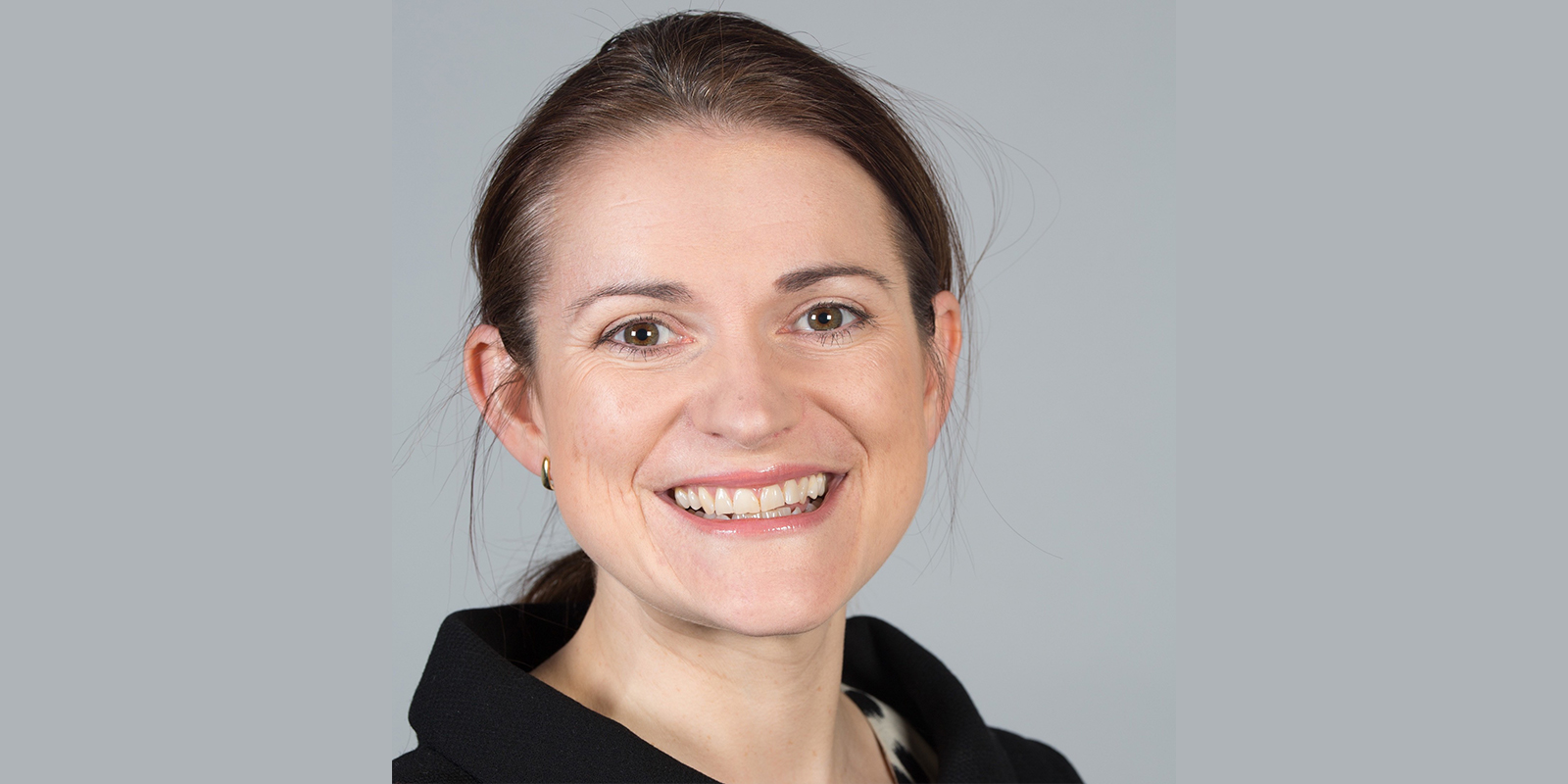
Legacy issues are posing important questions for scientific software developers.
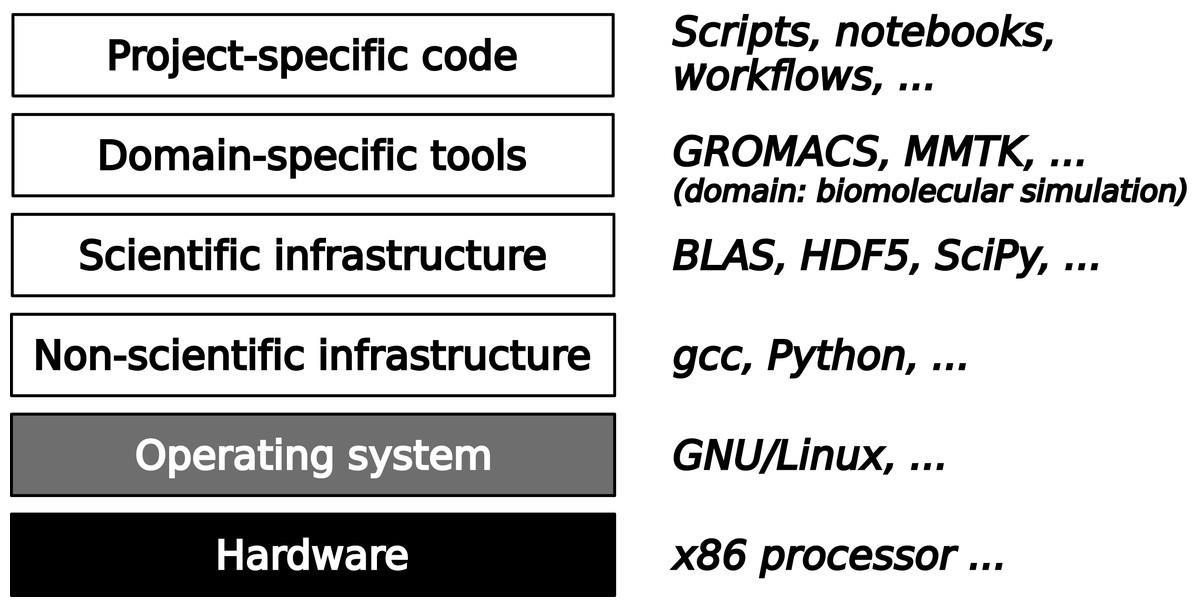
There is wide agreement with the principles of Open Science in economics. This is shown by a ZBW study. However, there is still room for development regarding the implementation of Open Science on a b

ALLEA has launched a task force dedicated to open science and chaired by Luke Drury (Royal Irish Academy).
The Open Publishing Fest, held over two weeks in May 2020, was a great success with over 150 events from all over the world and a huge variety of topics. The fest really brought people together and injected some charm into the communities life at an otherwise bleak time. With this in mind here ar
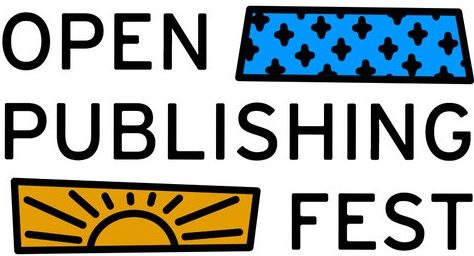
From solving attribution issues to understanding terms of service, here are some welcomed tips from Europeana, the Getty Museum, and Newfields.
The platform evaluates these journals’ peer-review procedures and invites journal editors to provide such information for inclusion in the database.
23 New Grants Support Essential Open Source Tools in Biomedicine.
VSNU, NFU, NWO and Elsevier have agreed publishing, reading and open science services to support Dutch research and innovation ambitions.
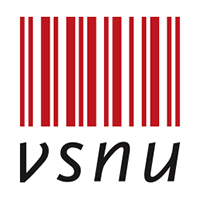
In collaboration with SPARC Europe, a survey to map Open Access (OA) and Open Science (OS) infrastructure across Europe was launched. The aim is to establish a core understanding of Europe's current field of Open resources and gain insight into their usage, durability, and adherence to core open principles and standards.
It is testament to the machinery of science that so much has been learned about covid-19 so rapidly. Since January the number of publications has been doubling every 14 days, reaching 1,363 in the past week alone. They have covered everything from the genetics of the virus that causes the disease to computer models of its spread and the scope for vaccines and treatments. What explains the speed? Much as in other areas of life, covid-19 has burnt away encrusted traditions.
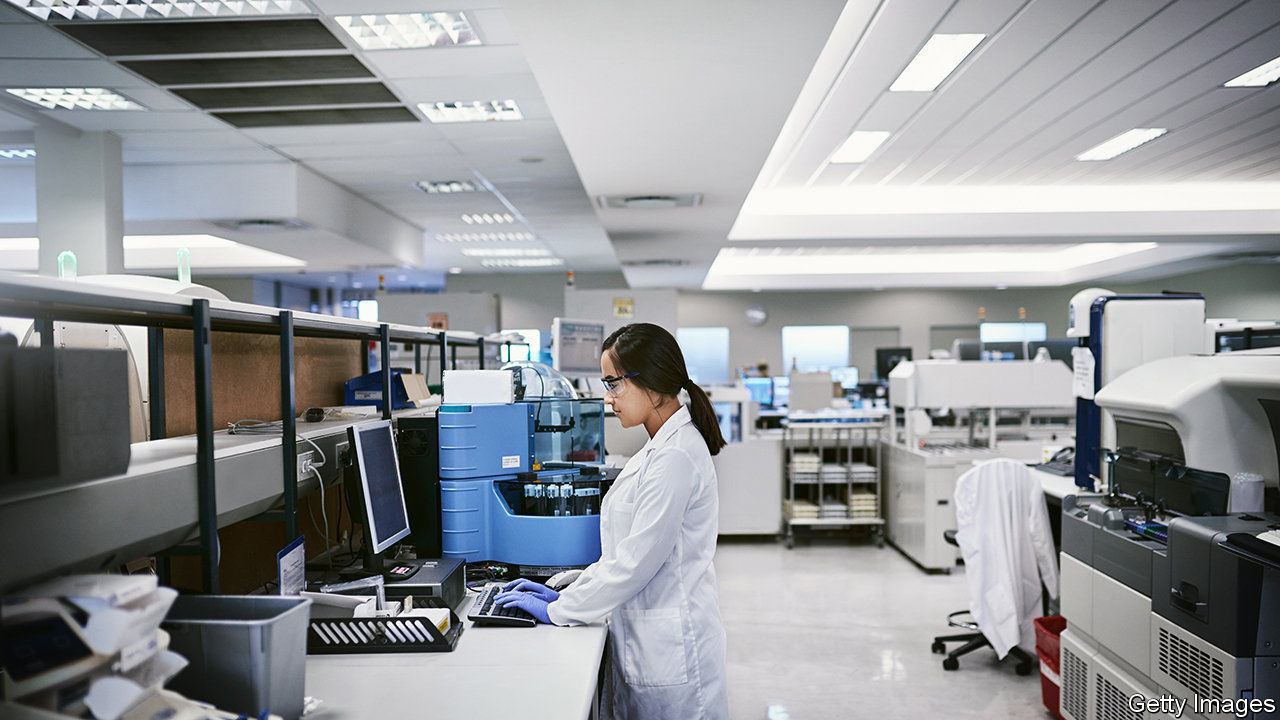
After decades of debate on the feasibility of open access (OA) to scientific publications, we may be nearing a tipping point. A number of recent developments, such as Plan S, suggest that OA upon publication could become the default in the sciences within the next several years. However, there remains a need for practical, sustainable models, for careful analysis of the consequences of business model choices, and for caution in responding to passionate calls for a 'default to open'.
To deepen understanding of researchers’ priorities with regards to sharing research data, PLOS has launched a new study.
At this time of crisis, it is more important than ever for scientists around the world to openly share their knowledge, expertise, tools, and technology. Scientists must also openly share their model code so that the results can be replicated and evaluated.
CERN is contributing computing resources to a volunteer-computing initiative that aims to better understand the virus behind COVID-19.
Data sharing, open-source designs for medical equipment, and hobbyists are all being harnessed to combat COVID-19.
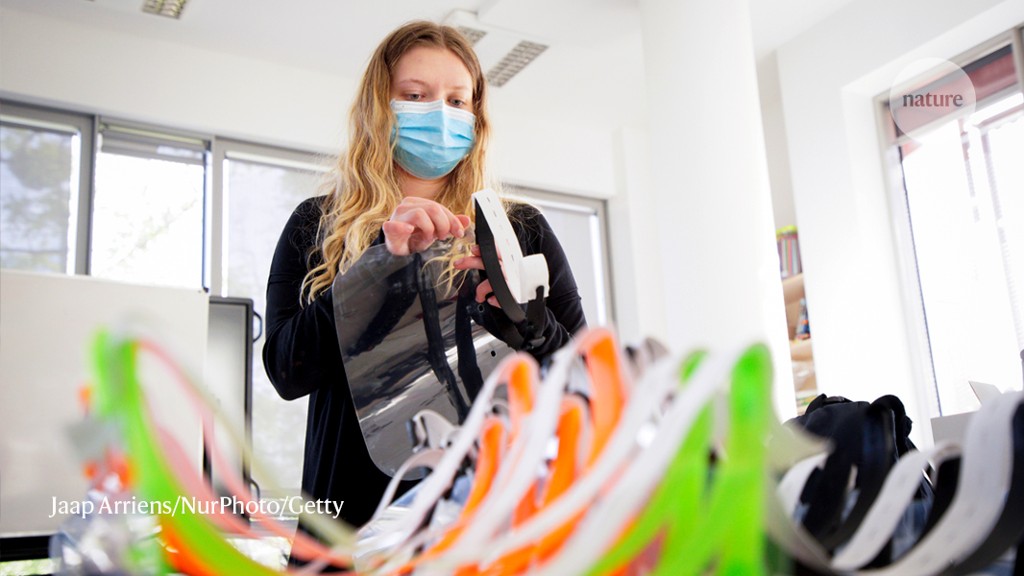
Many outside observers might reasonably assume that science usually works like this. Yet open science is very far from the norm for most research. Why is openly accessible science so important?

The National Library of Medicine (NLM) at the National Institutes of Health is hosting a free webinar for researchers to learn how to share, discover, and cite COVID-19 data and code in generalist repositories on April 24 from 2-3:45 p.m. ET.
Due to precautionary measures in regard to the coronavirus, the second day of this year's Open Science Conference got canceled. Luckily, the panellists Johanna Havemann, Anne-Floor Scholvinck, Daniel Spichtinger and August Wierling agreed to submit their opening statements as a blog post.
